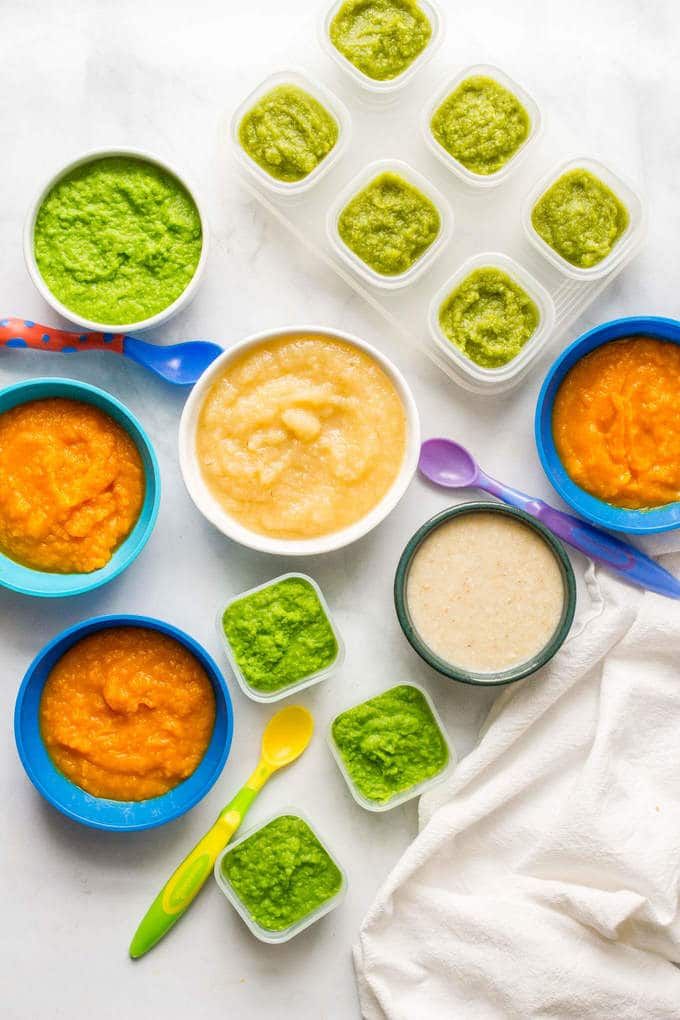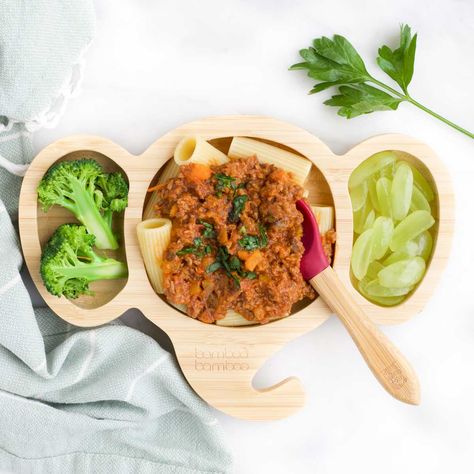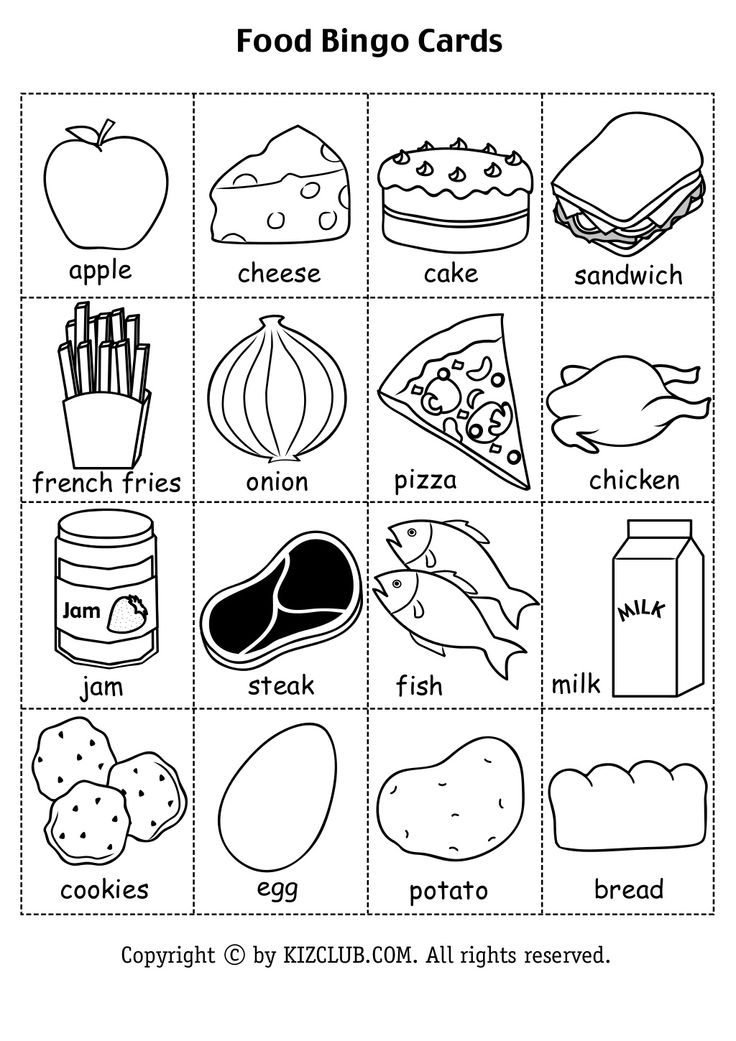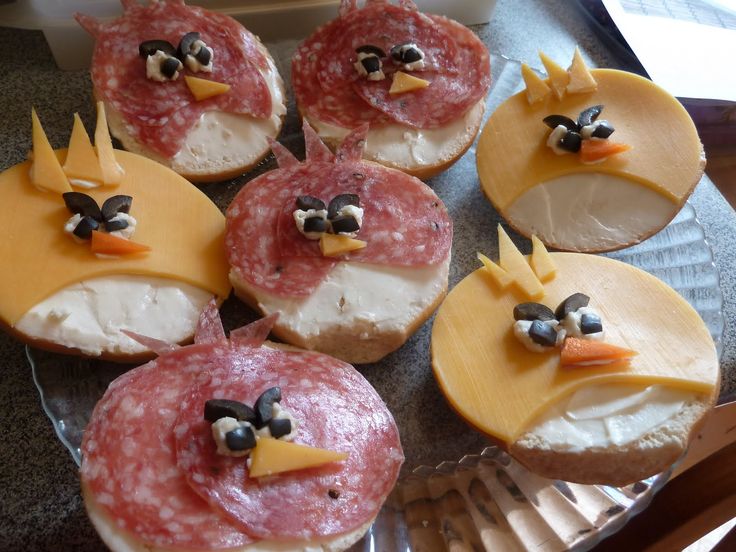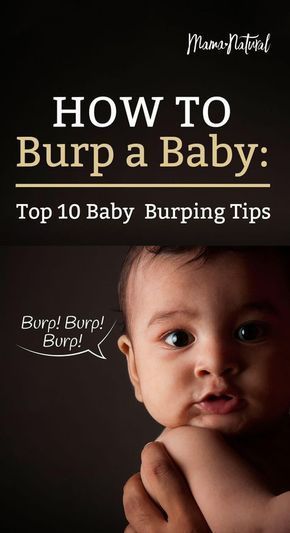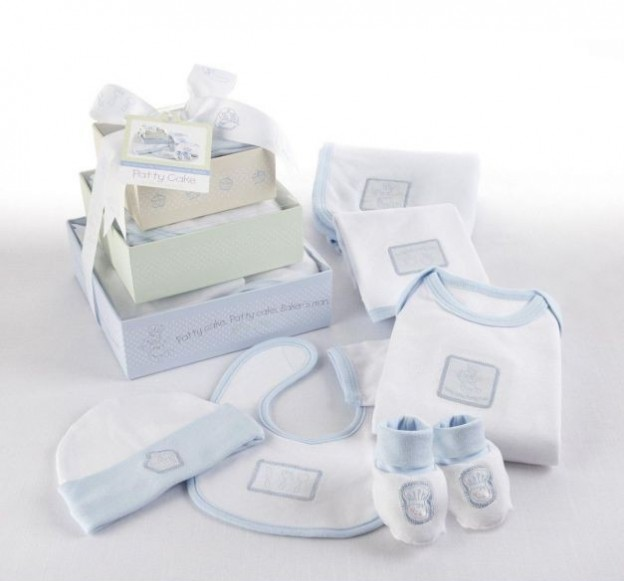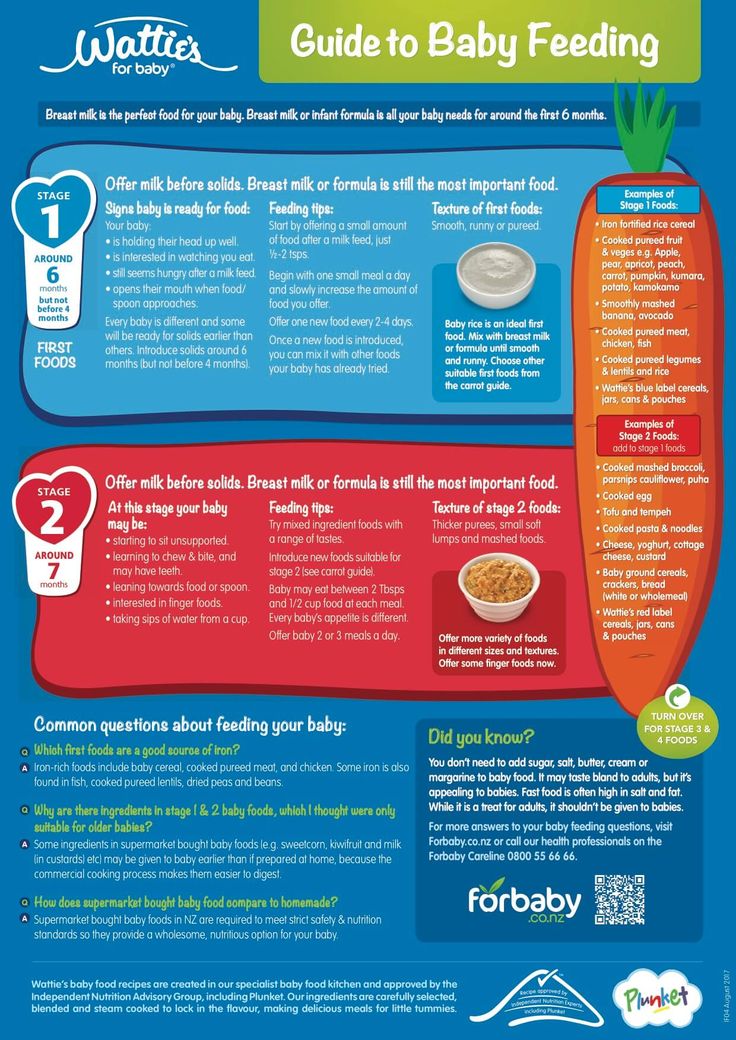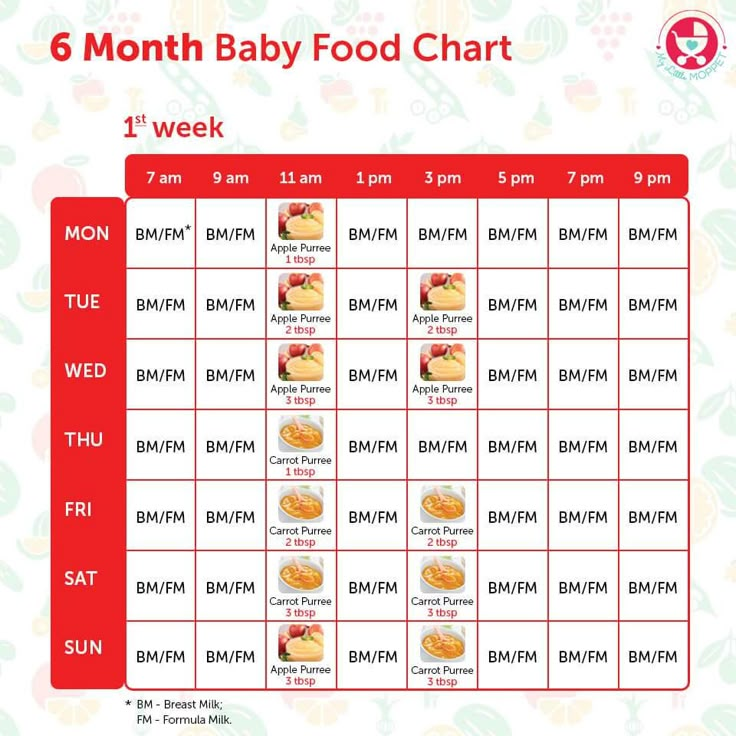Best tools to make baby food
Best Feeding Essentials for Baby (Purees or BLW)
Home » Feeding Style » Baby Food Purees » Stage Two » Best Feeding Essentials for Baby (purees & baby-led weaning)
Looking to make your own homemade baby food but not sure what kitchen items you will need? This guide will go into detail on which equipment, tools, and feeding essentials you will need to feed your baby successfully. Great for 6-12 months.
Feeding Essentials for Baby
Do you want to make homemade baby food, but you’re not sure what equipment and tools you need?
Then look no further!
This guide has it all for you – what feeding essentials you need for your baby and what tools and equipment you need to have in your kitchen to start making your own food.
I have spent 10 years and hundreds of hours making my baby food, which means I have tried out all the gear for you. My hard work is your gain!
While most of the feeding essentials and tools are the same for both baby food purees as well as baby-led weaning, I will go into detail about what you need for both.
Is it your first time making homemade baby food? If you answered yes, then I suggest you start this journey by reading my in-depth Guide on How to Make Homemade Baby Food. The detailed article goes over all the essential information such as the best cooking tools to have on hand, safe storage, knowing when your baby is ready for solids, introducing purees, making the best first foods for baby, and more! You can also check out my best-selling cookbook for even more information and recipes.
How to Make Baby Food Video
Watch this video to see how easy it really is to make homemade baby food!
Baby Feeding Essentials
From high chairs to spoons – this is a shortlist of the essentials you need to feed your baby.
- High chair: You will need a high chair to help keep your baby from moving around while eating. It’s also there to give baby the support they need to have proper form while they eat.
- Suction bowl or baby bowl: A small bowl with high sides is perfect for serving your homemade purees to your baby.
 We like suction bowls as they tend to stay on the table or high chair once baby starts to self-feed.
We like suction bowls as they tend to stay on the table or high chair once baby starts to self-feed. - Baby spoon: You are going to need several spoons for your baby. There are spoons made for baby purees, spoons that are made for baby-led weaning as well as some spoons made to help teach baby to self-feed.
- Open lid cup: To help your baby transition from breast or bottle to a cup, you will need a sippy cup or open lid cup. For more information, read our guide on Best Sippy Cups for Baby.
- Bib with catch pocket: Great for keeping those cute baby clothes clean. A catch pocket is great for when they start to eat finger foods.
- Sleeved bib: If you are doing baby-led weaning or a combo of purees and BLW, then we recommend this sleeved bib to keep your baby clean when things get messy.. and they will get messy.
- Splat mat to cover the floor: A ‘fun’ phase most babies go through is dropping things on the floor – cups, spoons, plates, foods, etc.
 This just helps keep your floors looking not so messy.
This just helps keep your floors looking not so messy. - Baby wipes: To wipe down baby, the table, your floor, your face and hair, you name it – baby wipes are up for the job.
Top Tools for Making Baby Purees
While most of these kitchen tools you may already have in your kitchen, here is what you will need in order to make homemade baby food.
- Blender or food processor: It doesn’t need to be fancy, but if you are going to make homemade baby purees, you will need a blender or a food processor. Since this is a piece of kitchen equipment that you will use for years, I think the price makes up for the value. For a budget-friendly blender, I would recommend the Ninja Professional Countertop Blender.
- Baking sheet: Most likely you already have these in your kitchen, but you will use them to roast and bake fruits and vegetables before you blend them.
- Saucepans: You will need a saucepan or two to cook the produce before you puree it.

- Steamer insert with lid: I love my steamer insert and use it all the time. For baby, you will be using it to steam the fruit and veggies to make them soft enough to blend. You can also use these Two-Pack Vegetable Steamer Baskets instead of an insert. I do think the insert holds more produce than the baskets do.
- Knives: Another item you probably already have, but you will need something to cut up fruits and veggies.
- Veggie peeler: Invest in this good set, and your fingers will thank you.
- Spatula: For scraping the inside of the blender or food processer.
- Freezer tray: Once you blend your purees, you can freeze them in these freezer trays. WeeSprout is my favorite tray as they have a good size portion, a lid that clicks on so you can stack your trays and the frozen purees are easy to pop out. You can also use this tray for freezing breast milk. I would recommend you get 4-6 of these trays.
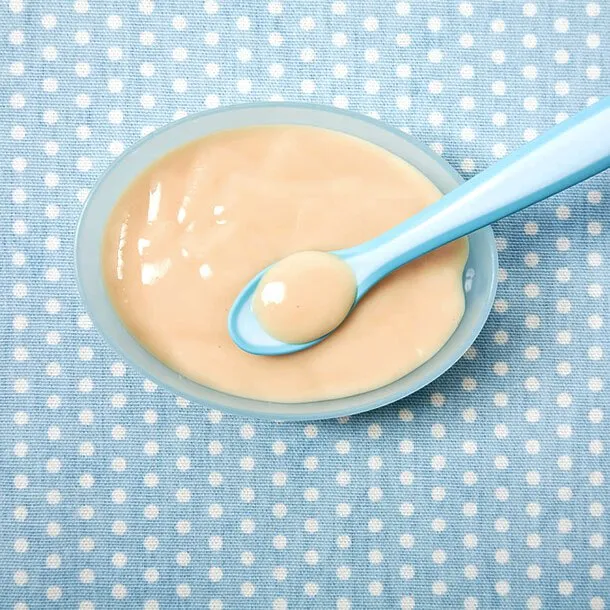 Another budget-friendly option is the 3 Pack of Silicone Ice Cube Molds Tray with Lid. For more information, read our guide on Best Baby Food Storage Containers.
Another budget-friendly option is the 3 Pack of Silicone Ice Cube Molds Tray with Lid. For more information, read our guide on Best Baby Food Storage Containers. - Storage containers for fridge: While the above is good for freezing, these containers are great to use for keeping a stash of baby purees in the fridge or because they are leak-proof, they are also great for filling with your favorite puree before tossing it into your diaper bag for an on-the-go meal for baby. For a BPA-Free plastic version, I recommend the WeeSprout Baby Food Storage Containers. Again, for more information, read our guide on Best Baby Food Storage Containers.
- Stasher bag: Once you freeze your purees, you can pop them out of the trays and put them inside a stasher bag or zip-lock baggie to store for 3-4 months in the freezer.
- Reusable pouches: These pouches are great for both babies and toddlers. For babies, you can store all of your baby purees in these pouches and then just take them out and defrost in the fridge as needed.
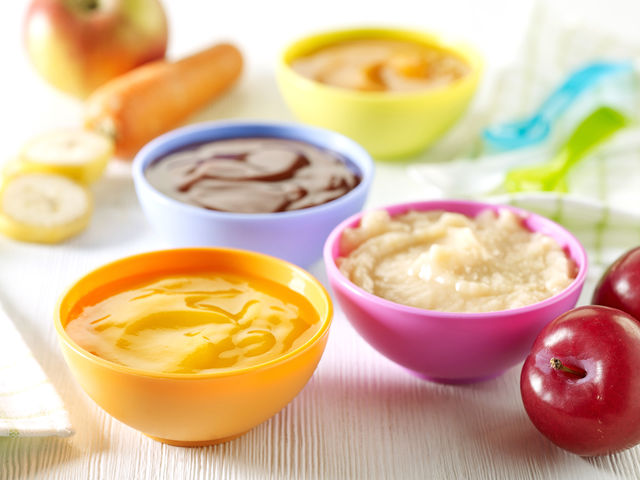 Great for daycare, outings in the park, or traveling. For toddlers, you have yourself a quick and healthy snack! You will seriously get your money’s worth out of these reusable pouches. If you tend to be messy in the kitchen, a Mini Collapsible Funnel is nice to help get the purees into the pouches.. just saying;)
Great for daycare, outings in the park, or traveling. For toddlers, you have yourself a quick and healthy snack! You will seriously get your money’s worth out of these reusable pouches. If you tend to be messy in the kitchen, a Mini Collapsible Funnel is nice to help get the purees into the pouches.. just saying;) - Baby food maker: If you want an option to have a little help making homemade baby food then this is my all-time favorite baby food maker. Read more about the Best Baby Food Makers here.
Top Tools for Baby-Led Weaning
While baby-led weaning is all about serving your baby the foods you are eating, you will need a few helpful items to really master feeding your baby with this style.
- Baking sheet: Most likely you already have these in your kitchen, but you will use them to roast and bake fruits and vegetables before you serve them to your baby.
- Saucepans: Another item you will most likely have in your kitchen.
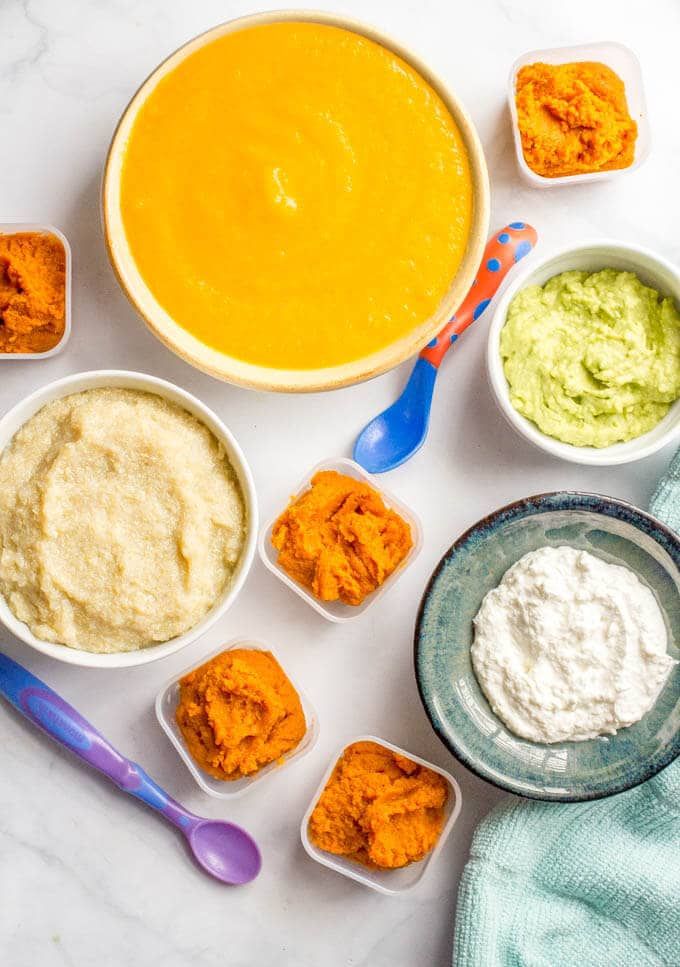 You will use this to cook harder produce so it’s soft enough for your baby to eat.
You will use this to cook harder produce so it’s soft enough for your baby to eat. - Steamer insert with lid: I love my steamer insert and use it all the time. For baby, you will be using it to steam the fruit and veggies to make them soft enough to blend. You can also use these Two-Pack Vegetable Steamer Baskets instead of an insert. I do think the insert holds more produce than the baskets do.
- Sectioned plate: We love this sectioned plate because it has walls that help your baby be able to push food against to make it easier for them to pick up the food to eat it.
- Easy to hold fork and spoon: The larger bottoms on these spoons and forks make it easier for babies that are using their palmar grasp to hold onto their utensils.
- GOOtensils: Another great utensil that I highly recommend. The design of this spoon allows for a thicker puree such as yogurt, applesauce as well as mashed foods to stick to the spoon in the allotted spaces, making it easy for your baby to spoon-feed themselves these sometimes tricker foods.
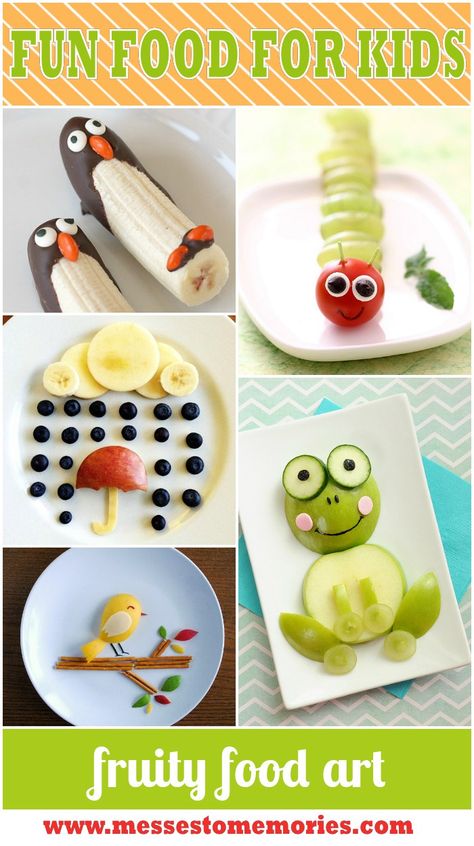
- Wavy crinkle cutting tool: A great tool to have on hand when cutting finger foods like sweet potatoes, carrots, apples, mango, etc, that give these foods a little extra grip.
- Grape cutter: This tool makes it easy to cut grapes so they are less of a choking hazard.
Easy Baby Food 10 Useful Everyday Tools for Making Homemade Baby Food
When I was pregnant, I remember excitedly talking to another pregnant mom about homemade baby food and how great it would start making baby food at home. A few months after we both became new moms, I brought up the subject of making baby food at home and she told me that she just couldn’t handle the thought of making her son’s food along with everything else that came with caring for a baby.
I totally understand that having a new baby means having your hands full, but there was no convincing her that making homemade baby food is easier than you think! This is the first article showing you the many different ways you can make baby food for your little one at home.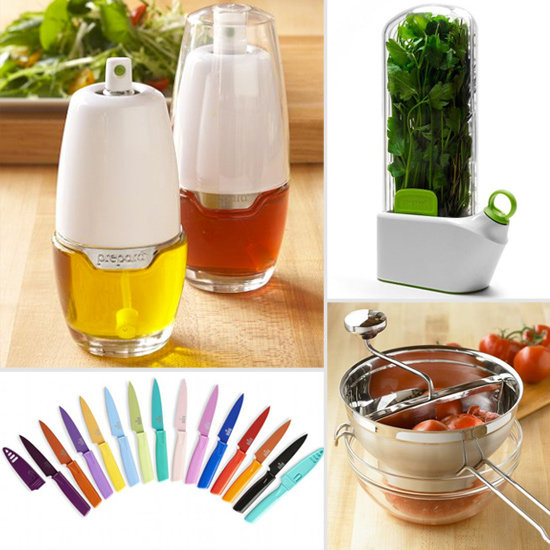 By the end of the series, I’m hoping you’ll not only be amazed at the variety of foods you can make for your baby, but also at the variety of ways you can make it!
By the end of the series, I’m hoping you’ll not only be amazed at the variety of foods you can make for your baby, but also at the variety of ways you can make it!
If you like this post, please share it with others by pinning it on Pinterest.
If you’re looking for easy baby food recipes, they’re all easy! Just puree and mash individual fruits and vegetables and mix them together. I have more advice coming up in a future article, but, really, you can’t go wrong if you stick with basic fruits and vegetables.
You’ll need a few tools for any method of baby food-making, but you probably already have at least a few of them in your home (you have a fork, right?). I strongly advise you to keep your budget in check before you purchase any specialty supplies for making baby food. After all, one really good reason to make homemade baby food is to save money!
If you do want or need to purchase something, look at the value it might add beyond the baby food years.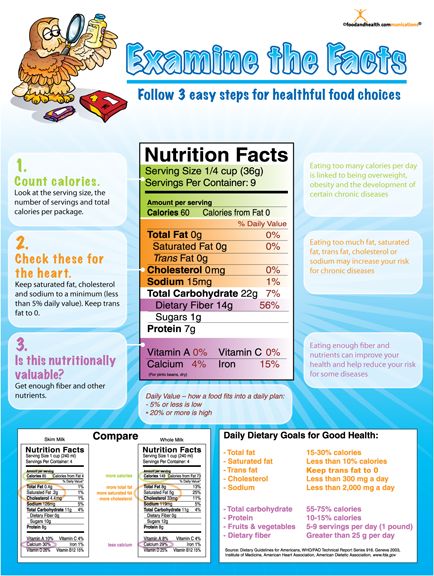 For example, I have a nice food processor that I used to make baby food, and I still use it all the time for cooking prep and baking! It was an investment, but definitely worth it for the mileage I’ve gotten out of it. On the other hand, if you spring for a Beaba Babycook or other baby food maker you likely won’t use it after your little one starts eating regular table food.
For example, I have a nice food processor that I used to make baby food, and I still use it all the time for cooking prep and baking! It was an investment, but definitely worth it for the mileage I’ve gotten out of it. On the other hand, if you spring for a Beaba Babycook or other baby food maker you likely won’t use it after your little one starts eating regular table food.
Here are 10 useful tools you can use to make baby food at home:
Basic Tools: How to Cook Homemade Baby Food
- Basic saucepan :: almost every fruit or vegetable you serve to your baby needs to be cooked. A no-frills saucepan with a 1.5 to 2-quart capacity is step #1 in basic baby-food making.
- Slow cooker or Crock Pot :: Slow cookers are perfect for those who “don’t have time” to make baby food at home. Most foods just need to be rinsed and possibly peeled before tossing into the slow cooker. You don’t even need to slice most of them (they’ll just need a longer cooking time).
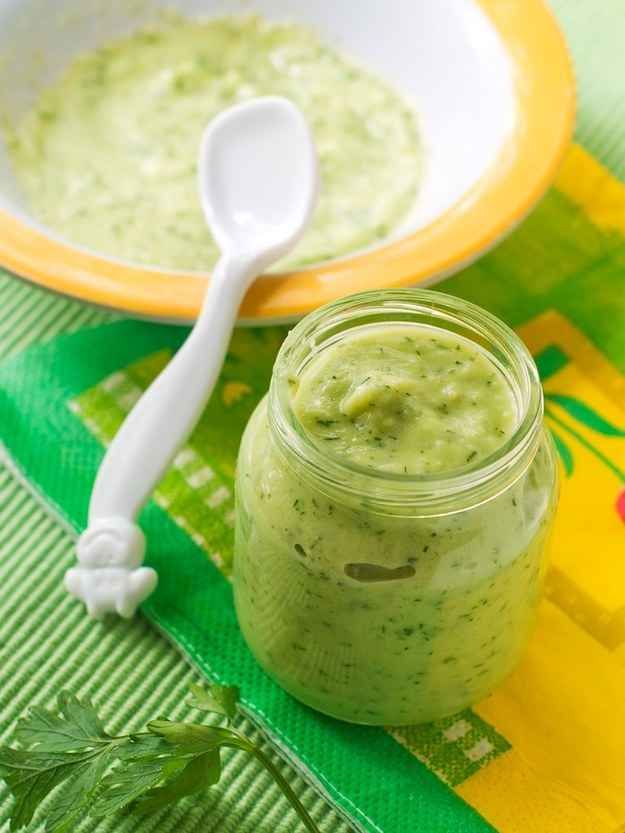 I have this 2.5 quart Crock Pot and it worked wonderfully for baby food.
I have this 2.5 quart Crock Pot and it worked wonderfully for baby food. - Food steamer :: You can definitely use steam to cook everything without a food steamer. At around $40, I understand that this isn’t the cheapest option. I just wanted to share that I used this Oster steamer because it was really nice to set the timer on it and get other things done while letting the steamer do the work. Plus, a steamer one of those appliances that can be used before and after the baby food-making stage.
- Steamer basket :: This is a great companion to your saucepan. Steaming is an incredibly healthy way to cook almost any fruit or vegetable, and you can even steam meat to make it extra tender. I received a food steamer like the one above as a gift, but, at $6, a steamer basket is a much more affordable option!
Basic Tools: How to Mash or Puree Homemade Baby Food:
- Table fork or Potato Masher:: Yes, an everyday table fork is easily the most affordable and accessible tool in this list! A fork is perfect for already-soft foods like bananas and avocados.
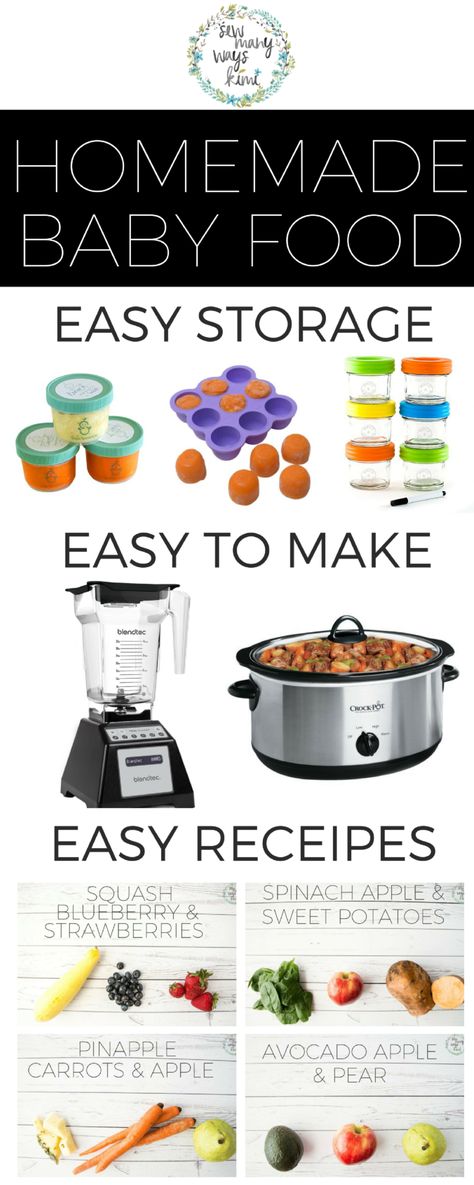 You can also try using a potato masher or fork to mash cooked foods, but your baby might insist on a totally smooth texture. In that case, you’ll be better off with an electric option like a blender or food processor.
You can also try using a potato masher or fork to mash cooked foods, but your baby might insist on a totally smooth texture. In that case, you’ll be better off with an electric option like a blender or food processor. - Food Processor or Blender :: If you don’t have one of these, you probably shouldn’t buy one with the express purpose of making baby food. While it makes the process easier, Either one is a hefty investment when you should be saving money! If you have both of these, the food processor is a better option because is requires a lot less liquid to get a smooth consistency. If you only have a blender, never fear! It will work just fine to make your baby food.
- Immersion Blender :: If you already have an immersion blender or if you were planning on buying one for other purposes, it’s is a fabulous option for making ultra-smooth baby food. The only catch is that you’ll need to add a significant amount of liquid to get it pureed, but your baby might prefer it that way.
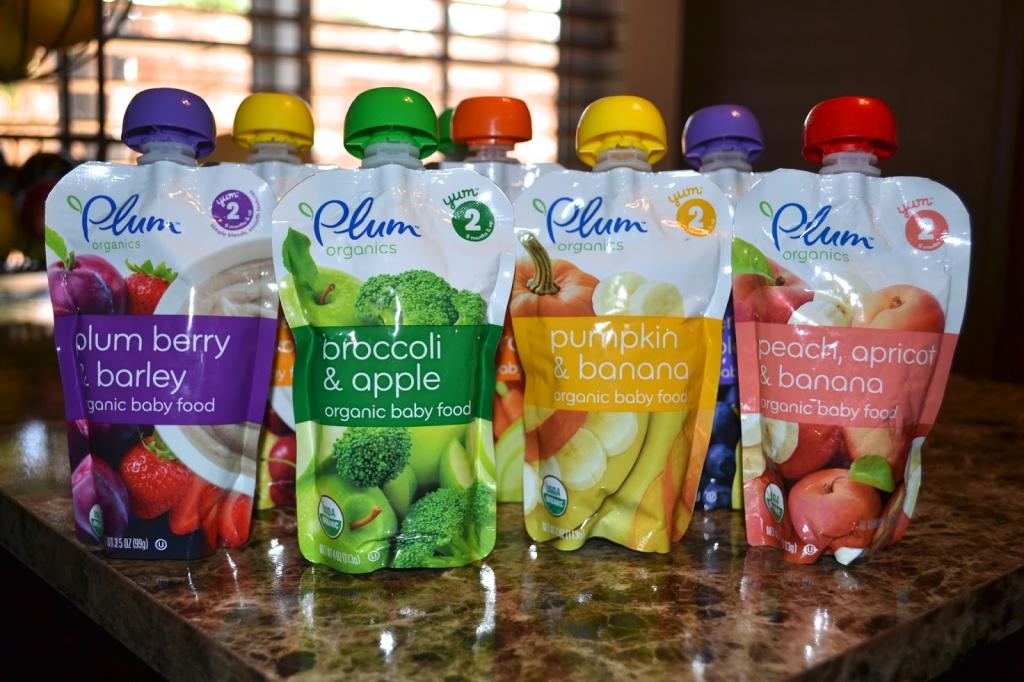 One other option is to cook the food, add water, blend it with the immersion blender, then keep it on a low heat to let some of the excess water steam off before cooling and storing the baby food.
One other option is to cook the food, add water, blend it with the immersion blender, then keep it on a low heat to let some of the excess water steam off before cooling and storing the baby food. - Baby food grinder or Food Mill :: While this is a tool that has one specific purpose, a handheld, rotary baby food mill is far more affordable than other options and it’s an easy way to finely mash up baby food. One advantage to a baby food grinder is that you can make any food into baby food “on demand.” If you’re having chicken noodle soup for dinner, you can just run some of the chicken, noodles and vegetables through the grinder on the spot for baby.
Basic Tools: Storing Homemade Baby Food
- Ice cube trays :: If you’re planning on making more than one serving of baby food at a time, then you need a way to store them. Forget the expensive baby “food cubes”. If you want to freeze more than 8 or 10 cubes at a time you’ll end up spending a small fortune on multiple cubes.
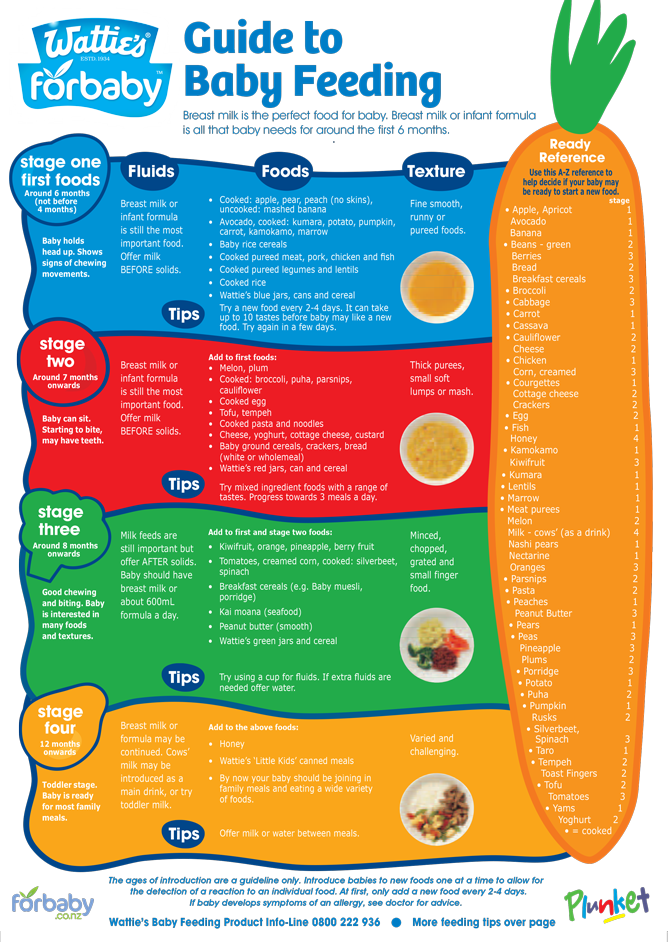 Go ahead and grab some basic ice cube trays instead; Dollar Tree usually carries two ice cube trays for $1! Pour the pureed food in the trays and pop them in the freezer.
Go ahead and grab some basic ice cube trays instead; Dollar Tree usually carries two ice cube trays for $1! Pour the pureed food in the trays and pop them in the freezer. - Zip top freezer bags :: After the baby food frozen in the ice cube trays, run hot water over the bottom and pop the cubes out into a Ziploc freezer bag. You can keep separated by food type or mix them all together. If you only have regular ziplock bags just double-bag the baby food cubes to prevent funky-tasting baby food.
As you can see, you have a lot of options in the methods you can use to make your own baby food. You might not even have to spend a thing, depending on what’s already in your kitchen!
Keep an eye out for more homemade baby food articles!
(Photo credit)
Have you made homemade baby food? What tools did you use? Are there any that you recommend?
Top 9 best blenders for baby food
Some time after the birth of a child, every young mother asks about the introduction of complementary foods, which should be healthy, balanced and have the right consistency for the baby to assimilate.
In the period up to a year, you can, of course, use ready-made complementary foods in the form of homogenized puree in jars.
Then, in any case, the child should be gradually accustomed to products from the "adult" table.
A blender is a great help in preparing baby food with a homogeneous consistency.
Rating TOP 9 best baby food blenders 2022-2023
| Place | Designation | Price |
| TOP 3 hand blenders for baby food | ||
| 1 | Bosch MSM 66110 | Get a price |
| 2 | Bosch MSM 14100 | Ask price |
| 3 | Braun MQ 5077 | Ask price |
| TOP-3 steam blenders for baby food | ||
| 1 | Philips AVENT SCF870 | Ask price |
| 2 | Philips AVENT SCF862 | Ask price |
| 3 | Happy Baby Fusion | Ask price |
| TOP-3 mini blenders for baby food | ||
| 1 | RAWMID Dream miniBDM-07 | Ask price |
| 2 | RAWMID Dream MiniBDM-08 | Ask price |
| 3 | Philips HR2874 Daily Collection | Ask price |
0003
The ideal food texture for a small child is puree, for this you need a good blender that will do the job perfectly.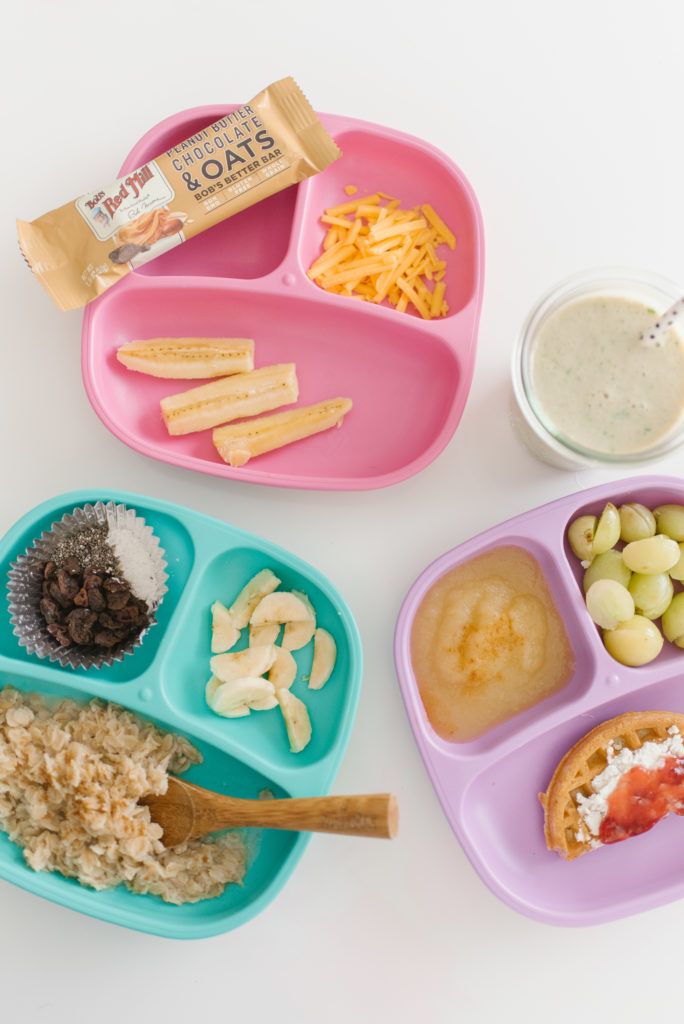
To choose the right blender, each potential buyer should base on their preferences:
- If you only need a blender to prepare baby food, mini blender is a good option. It does not take up much space, copes with its main task with a bang and has an affordable price;
- immersion models are suitable for a wider range of applications . With it, you can not only grind food for the child, but also prepare cocktails, mashed soups, creams and sauces, and other dishes. The immersion blender is easy to clean and use. By purchasing such a model, you can cook large portions for this family or a small snack dish for a baby;
- blender-steamer will not only feed the baby with delicious and healthy food, but also take care of proper nutrition for the whole family , preserving vitamins and nutrients as much as possible in each dish. This model will be useful to you even after the baby begins to chew food on his own.
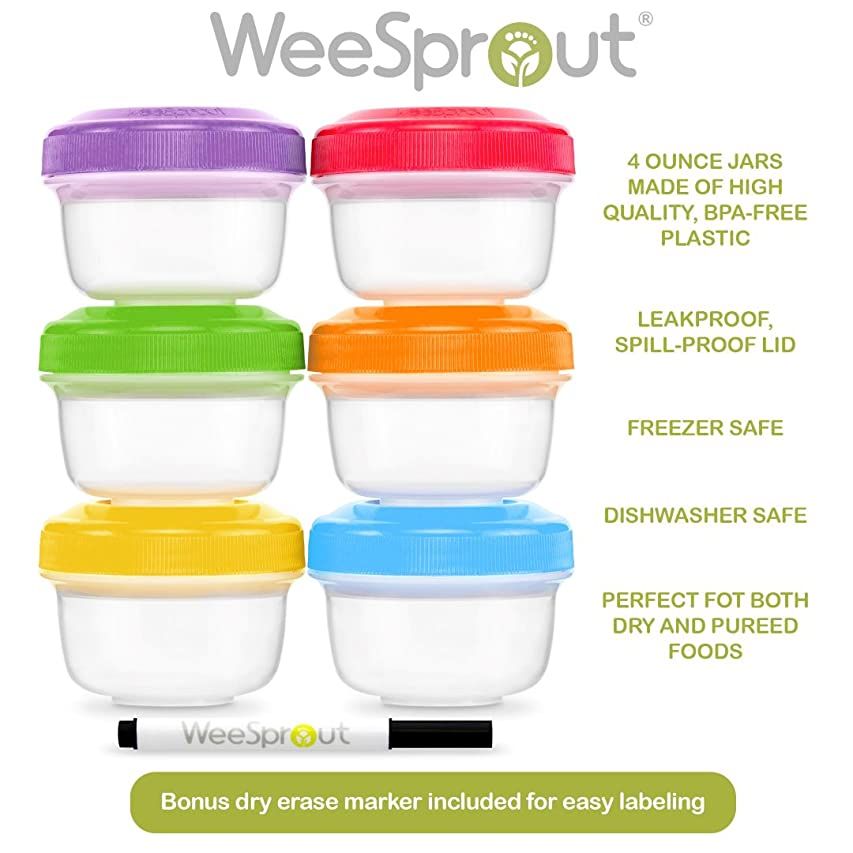 It belongs to the stationary type of blenders, which in everyday life are simpler than submersible models. The device does not need supervision and control by an adult. Your task is as simple as possible - fill a special container with products and press the button that starts the cooking process.
It belongs to the stationary type of blenders, which in everyday life are simpler than submersible models. The device does not need supervision and control by an adult. Your task is as simple as possible - fill a special container with products and press the button that starts the cooking process.
Important points when choosing
When shopping for an indispensable kitchen helper, pay attention to the following important parameters:
- power . It is on this parameter that the speed of work and the quality of grinding products depend. The higher the power rating, the more homogeneous the consistency of the output mass will be. Blenders with a good power rating are able to grind any solid food such as nuts, dried fruits, frozen fruits and raw vegetables. If you plan to use the blender to work with meat, you need a power of at least 400 watts;
- machine functions . At this point, you can determine the number of nozzles in the kit, modes, power adjustment.
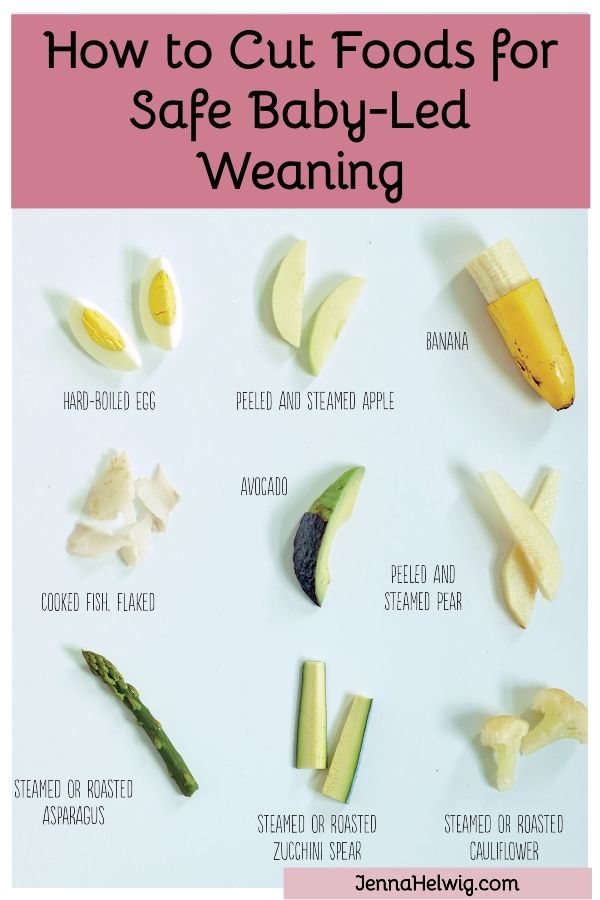 The best option for full-fledged work with products is a blender with several nozzles and at least 2-3 speeds and operating modes;
The best option for full-fledged work with products is a blender with several nozzles and at least 2-3 speeds and operating modes; - blender material . When buying a device for grinding food, pay attention not only to the reviews of real customers and characteristics, but also to the material from which the equipment is made, it should be as safe as possible for human health. Try to give preference to a white device, it does not contain dyes. Metal models have a high cost, and are also more reliable and durable than cheaper plastic models;
- food bowl capacity . This parameter is only important if you are purchasing a blender not only for making baby food. Choose the capacity of the container depending on how many people you will be preparing dishes with a blender.
Types of blenders
A blender will help every housewife save a lot of time and effort by preparing healthy food with maximum preservation of health benefits and juiciness.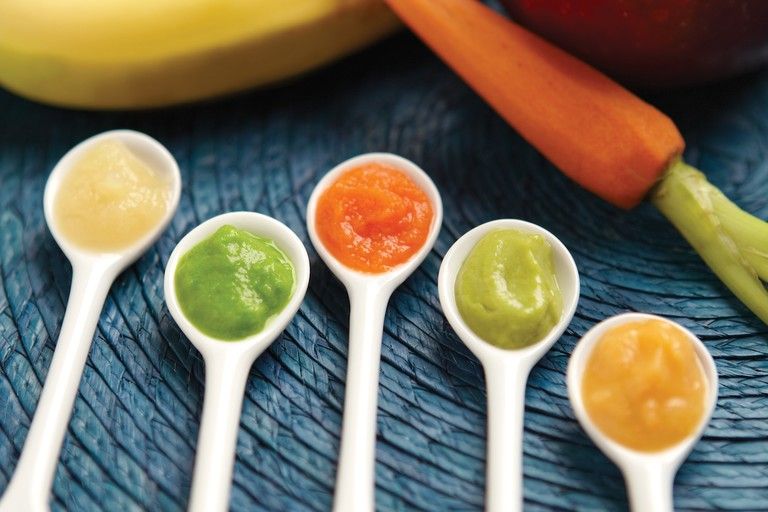 A good quality machine with high power in a matter of seconds will turn any food into a tender mass with a uniform consistency.
A good quality machine with high power in a matter of seconds will turn any food into a tender mass with a uniform consistency.
The main task of the baby food blender is the homogeneous texture of food without large pieces and lumps.
The best option is a blender with a minimum number of dismountable parts, because after preparing the puree, it will be necessary to thoroughly rinse the device and each part, which will take a lot of time.
The power of a good blender for preparing baby food should be enough not only for vegetables and fruits, but also for liver, chicken, meat.
Various blenders can be used to prepare baby food, including:
- mini blenders;
- steam blenders;
- immersion blenders.
Let's take a closer look at each option.
Steamers
See also: How to choose a Polaris blender: TOP-8 best models of devices and their specifications + customer reviews with the help of steam.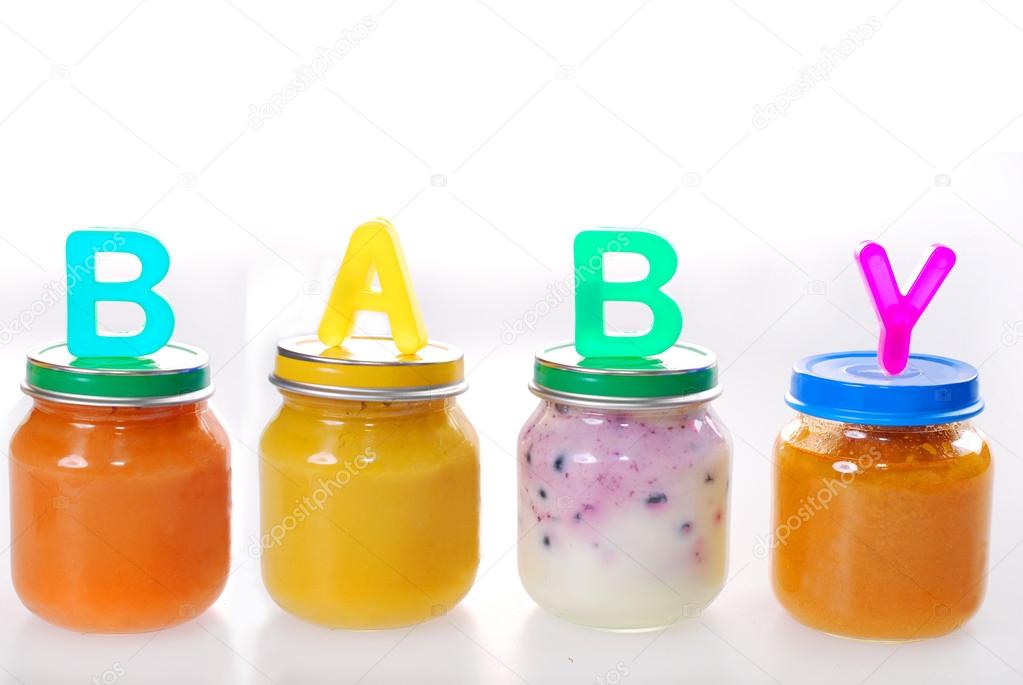
Every adult knows that steamed food retains vitamins and beneficial properties to the maximum. It is with such a gentle type of heat treatment of products that the baby will be able to get all the necessary trace elements and a complex of vitamins, which is so necessary for the full development of a growing organism.
To get puree with a uniform texture, you will need to fill a special container with products and turn on the timer, then the device will do everything for you. There will be no more need to cook food, then transfer it to another container, take it out, cut it, and so on.
After cooking, you need to turn on the blender mode, which will help you not only grind all the ingredients in a few seconds, but also mix them thoroughly. The grinding level can be controlled independently.
In addition, you won't have to stand and wait for the process to finish to turn off the steam blender. All models of this type have an automatic shutdown system.
Mini
Another type of blender for preparing baby food is a mini blender (or, as they also call it, travel blender), which differs from its counterparts in more compact dimensions and modest characteristics.
The food container in these devices is designed only for cooking small portions. This is ideal for moms who only need a blender to prepare baby food.
Now you don't have to scrape off excess puree from the walls of the bowl and transfer it to another container, and maintenance of such an appliance is easier compared to any other models.
The only disadvantage of such models is that they will be useful for mommy only for that period of time until the child begins to fully chew food on his own.
That is, after a few months, such a blender will remain gathering dust on the far shelf of the kitchen cabinet, since it is not intended for other use in the future. This is due to its low power and the small size of the food container.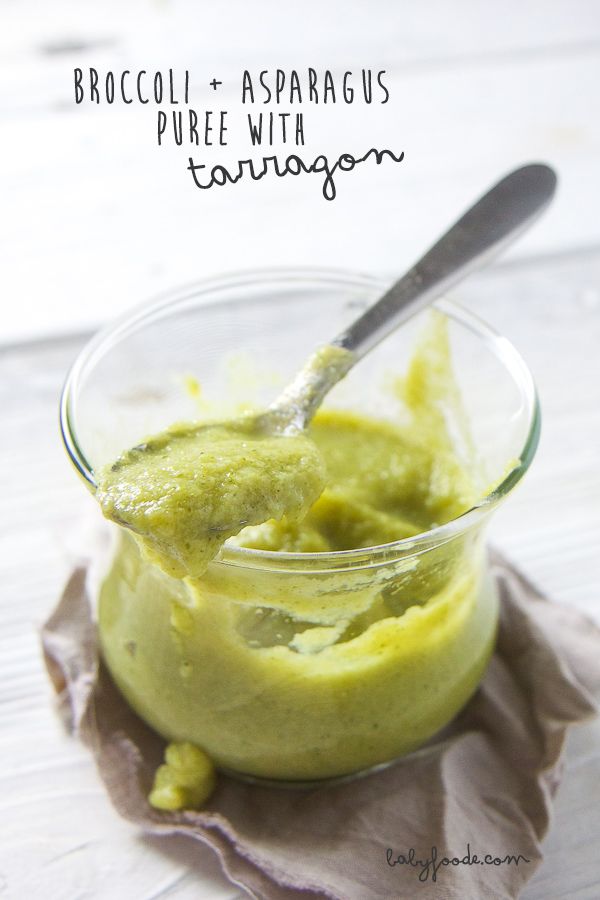
Immersion
See also: How to choose a nut and nut butter blender: recommendations and rating 2022-2023 for grinding solids
The most convenient and versatile option on our list is the immersion blender. These models are preferred by most mothers who need to grind food in small volumes.
The advantage of this blender is its compactness. It is a hand-held device that will grind any kind of product in a special container.
Modern immersion blenders are equipped with a variety of attachments and modes, which are complemented by good power of the device. These models deservedly come as close as possible to the title of a mini-food processor.
Regardless of the power of the immersion blender, any device will cope with the preparation of a homogeneous puree for the baby. Immediately before preparing complementary foods, thoroughly wash the food, boil or bake, then grind with a blender.
Which species is best for making complementary foods?
It's hard to say which blender is the best.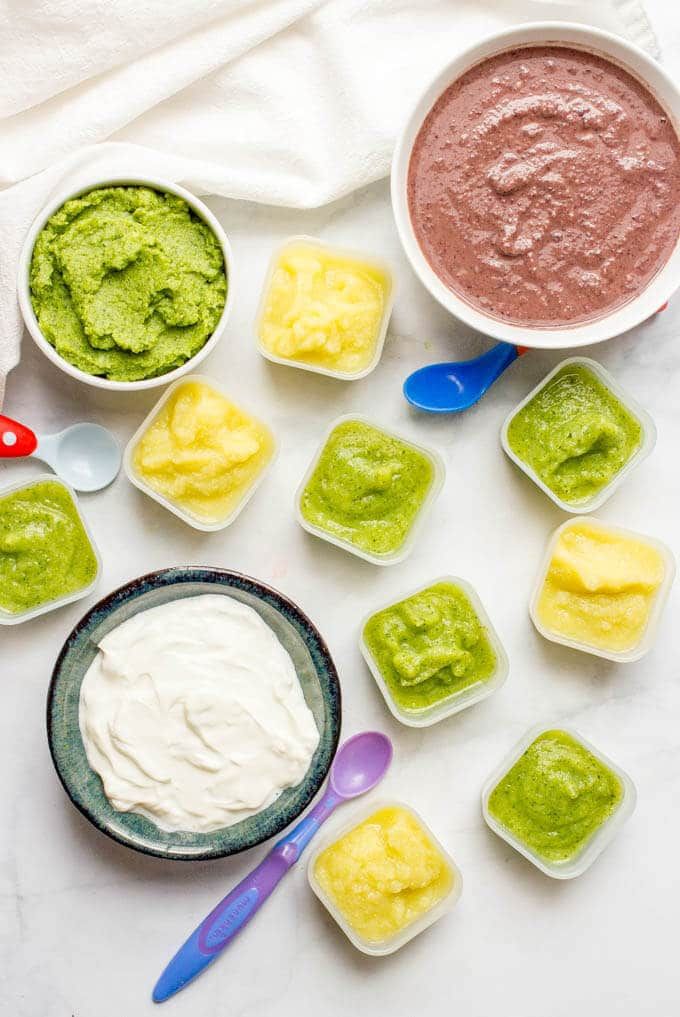 But if you choose a model exclusively for preparing baby food, the answer is obvious.
But if you choose a model exclusively for preparing baby food, the answer is obvious.
The best option would be a steamer blender. It is better than its counterparts to cope with the organization of baby food, preserving the vitamins and beneficial properties in each individual product as much as possible.
TOP 3 hand blenders for baby food
Which hand blender do you think is the best? You can vote 1 time.
Bosch MSM 66110
One of the most popular Bosch models from the budget price segment.
Despite this, the device has excellent characteristics, which are enough to prepare complementary foods for your child. This model is highly reliable for 2022-2023.
Specifications:
- 600 W hand blender;
- 1 speed;
- mechanical control;
- measuring cup volume - 600 ml;
- The immersion part of the blender is a durable metal that is resistant to deformation and corrosion processes.
The body of the device is high quality food grade plastic;
- turbo mode;
- cord - 1.4 m.
Pros
- easy to use and clean;
- comfortable handle and control buttons.
Cons
- is not a budget cost of the device.
Bosch MSM 14100
Specifications:
- device power - 400 W;
- management - mechanics;
- measuring cup 700 ml;
- body is made of food grade plastic, safe, made of environmentally friendly materials;
- light weight - 0.8 kg.
Pluses
- ice and hard food crushing mode;
- stylish color scheme - white with red;
- warranty period - 12 months;
- the ability to adjust the operation of the nozzles;
- anti-slip coating, ergonomic product shape.
Cons
- low power.
Braun MQ 5077
Another submersible blender model, which has collected a lot of positive feedback from real consumers,
, who managed to not only purchase the device, but also “use” it.
Specifications:
- capacious bowl, volume 1.5 l; · 21 operating modes of the device;
- measuring cup 500 ml;
- in the kit there are nozzles for kneading dough, cutting and different degrees of grinding products;
- stainless steel whisk.
Pros
- good grip, blender does not slip out of hand;
- modern design in classic style;
- multifunctionality of the device;
- cooking a large portion at a time;
- all attachments are easy to remove and clean;
- dishwasher safe;
- silicone coated handle.
Cons
- takes up a lot of space;
- do not grind food for a long time.
TOP 3 steam blenders for baby food
Which steam blender do you think is the best? You can vote 1 time.
Philips AVENT SCF870
See also: What to choose - a blender or a food processor: device specifications and device comparison0003
healthy lifestyle and proper nutrition. This is one of the highest quality models for 2022-2023.
Specifications:
- machine power 400 W;
- one speed and one nozzle;
- capacious, deep capacity for loading products;
- simple operation;
- several cooking and grinding modes.
Pluses
- there is a cooking function with a heating element;
- you can not only cook any kind of food, but also heat up dishes;
- takes up minimal space in your kitchen;
- easy to clean after cooking and use;
- ergonomic shape, rubberized coating of the body of the product.
- lack of turbo mode, pulse mode and planetary rotation.
Philips AVENT SCF862
Model specifications:
- blender power 330 W;
- operating modes - cooking, grinding, mixing;
- food container - 1050 ml;
- measuring cup - 0.4 l;
- cord - 0.8 m;
- water container - 180 ml;
- in the basic configuration - a container for products, a blender-steamer, a spatula.
Pros
- safe use due to the lock on the jug;
- unique steam cooking technique with maximum preservation of vitamins and nutrients;
- it is possible to use the blender not only for preparing homogeneous cereals and purees, but also for more “adult” dishes.
Cons
- not light weight - 1.4 kg;
- cost of the device.
Happy Baby Fusion
With the help of such a device, any hostess will be able to prepare baby food and please the household with healthy and tasty food.
Product specification:
- security system. The device works only with the correct installation of all parts;
- steam blender 2 in 1;
- warranty period - 12 months;
- power 600 W;
- fast grinding of any products;
- capacious container for loading food.
Pros
- double cutting head;
- easy cleaning of all parts;
- maximum preservation of the usefulness of all products;
- homogeneous texture of baby food without lumps and large pieces;
- simple and versatile steamer blender;
- compact, light weight.
Minus
- not found.
TOP 3 mini baby food blenders
Which mini blender do you think is the best? You can vote 1 time.
RAWMID Dream miniBDM-07
Not such a small device as stated by the manufacturer, but its characteristics and parameters make the blender
an excellent kitchen assistant for any hostess.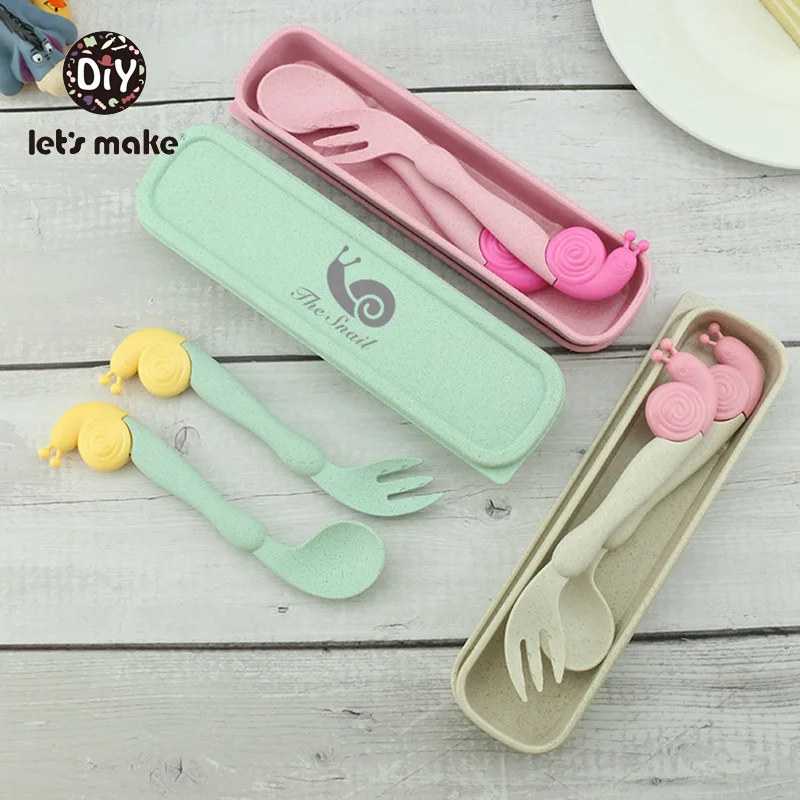
Specifications:
- 500W mini blender;
- warranty period - 12 months;
- mechanical, easy operation;
- 20,000 rpm;
- overheating protection system, auto-off;
- 2 speed settings;
- triple knife made of high quality stainless steel;
- capacity 1.2 l;
- sports bottles 0.57 l and 0.4 l;
- cord - 100 cm.
Pros
- food safe plastic body;
- stylish silver case.
Cons
- no pulse mode, smooth switching between speeds.
- 1 year warranty;
- stationary, personal blender with a power of 350 W;
- housing made of food-grade plastic, safe for health;
- high quality stainless steel knives;
- glasses with sealed lid - 2 pcs;
- food container - 0.
6 l with a lid;
- sports bottle - 600 ml;
- 2 speed settings;
- cord - 100 cm;
- stylish design, 2 colors - black and white;
- compact;
- multifunctionality;
- includes a recipe book.
- only small portions can be cooked;
- Lids do not close tightly.
- power 350 W;
- bowl volume - 0.6 l;
- complete set - jug, blender, sports bottle "On the Go";
- high quality food grade plastic;
- 1 speed;
- cord 1.5 m.
- design in white and red;
- cord compartment;
- high-impact plastic cup;
- easy cleaning and maintenance;
- can be loaded into the dishwasher.
- no ice crush mode;
- no chopper.
-
Steam: bottles are heated by hot steam. The device maintains the desired temperature, so the mixture does not overheat. Such models are not designed for a large number of bottles.
-
On hot water: the food will be heated by water at 80-90°C.
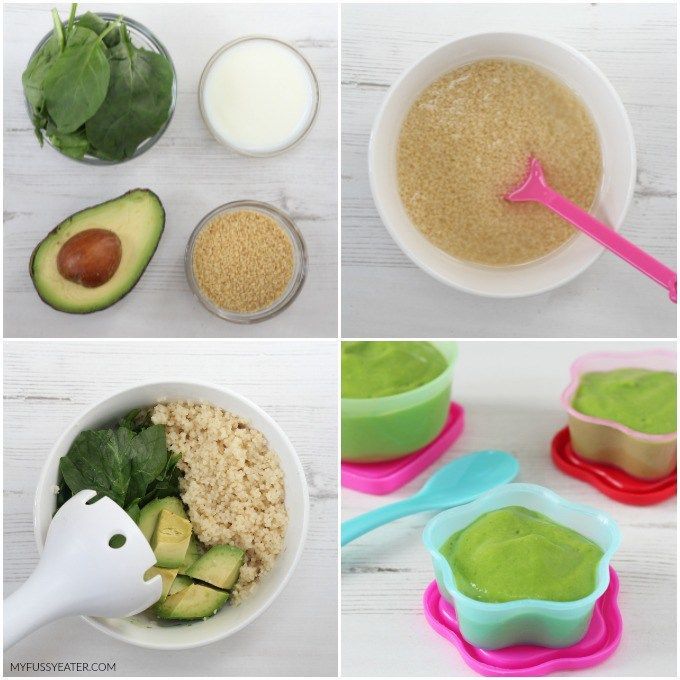 Here you need to get the hang of it a little, because you can overheat the mixture, the bottles are hot and hot water drips from them.
Here you need to get the hang of it a little, because you can overheat the mixture, the bottles are hot and hot water drips from them. -
On warm water (50-60°C). There are no risks here, but heating is slow.
-
Electric: the bottles are heated by a heating element. These are fast and convenient models. No need to mess with water, the device can be taken in a car or a trip. But the bottom of the mixture will be hotter than the top, so it needs to be shaken and checked for temperature.
-
Steam: convenient models that allow you to process 6-8 bottles at a time, including metal ones.
-
For microwave ovens: the most affordable models. Processing also comes at the expense of steam (you need to pour water), only in the microwave.
-
Ultraviolet: sterilization is carried out by irradiation with an ultraviolet lamp. Only one bottle can be processed at a time, which is not very convenient.
-
in the steam - 5-15 minutes;
-
in microwave sterilizers - up to 30 minutes;
-
in ultraviolet - 5 minutes.
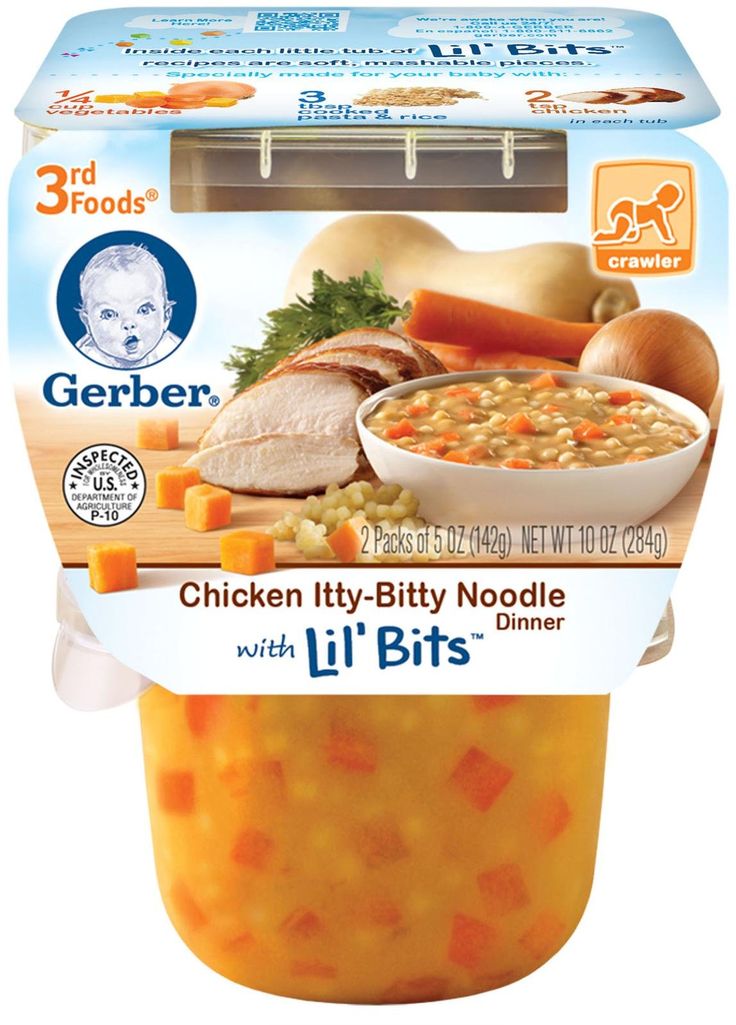
RAWMID Dream MiniBDM-08
Features:
Pros
Cons
Philips HR2874 Daily Collection
One of the best blenders in its price range. The characteristics will allow you to prepare baby food,
smoothies, puree soups and sauces.
Specifications:
Pros
Minus
Conclusion and Conclusions
As a summary, it can be noted that any model of blender is suitable for grinding baby food products with a uniform texture.
The best option for preparing healthy food for the baby and the whole family is a blender-steamer. Having given preference to such a model, you will be able to cook with its help for many years, delighting the whole family with healthy dishes.
Useful video
Video about what is useful for a mother during the first feeding of a child:
Read also: TOP 5 best Xiaomi blenders: 2022-2023 ranking And they can be not only close people, but also equipment. Having at hand a couple of useful devices, you can save about an hour every day (plus or minus), which you can devote to yourself or your child.
Organization of nutrition for the baby is just the process that takes the most time. And it's great that it can be significantly simplified. Let's take a look at the different types of baby food and how to choose the right one.
Modern technology comes to the aid of mothers - bottle warmers and sterilizers. They can be placed in the room, so you don’t have to go far.
Consider the main types of heaters and sterilizers, and how to choose them correctly.
Bottle warmers
Bottle warmers are:
The choice of one or another type of heater depends on personal preferences for the convenience and speed of the process.
It is also important to pay attention to the number of bottles that the device can hold. If there are several of them, you will provide the baby with food for the whole night. Models with one bottle take up less space, but then there will be no supply of warm mixture.
It is very convenient to have a temperature maintenance mode.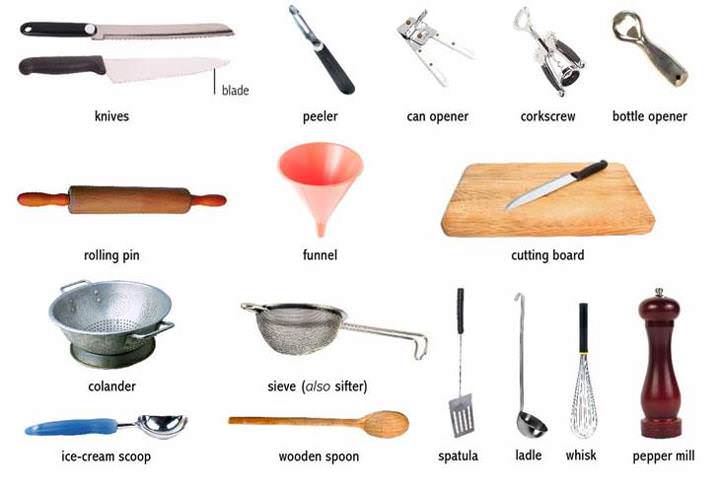 With it, the food will be at the right temperature for a couple of hours. You just need to get a bottle and give it to your baby.
With it, the food will be at the right temperature for a couple of hours. You just need to get a bottle and give it to your baby.
Sterilizers
Sterilizers are also available in three varieties:
Caution: Do not sterilize in the microwave without a sterilizer. Bottles and nipples are easily damaged.
The processing time depends on the device type:
When choosing the right model, it is important to pay attention to the number of bottles that the device will process at a time.
It will not be superfluous to pay attention to the auto-off function. It will turn off the device at the end of the treatment or if the water runs out.
There are also combined devices - sterilizers-heaters. Their capacity is small (up to 2 bottles), but even such a small device will greatly simplify the care of the baby.
Useful tools for mothers of babies to feed
Babies under 1.5 years old need very small portions of food. Someone feeds the child from a portioned jar, while someone prefers to cook on their own. To simplify this process, the blender-steamer comes to the rescue .
This is a combined instrument. It consists of a compartment with water and a bowl with knives. First you need to cut the vegetables, turn on the steamer mode and wait for the end of cooking. Then switch the lever to blender mode and grind them. The whole process takes no more than 20 minutes.
Then switch the lever to blender mode and grind them. The whole process takes no more than 20 minutes.
With a steamer blender, food preparation takes much less time than with a conventional steamer or slow cooker. In one bowl, food is chopped and cooked, so there is less washing up. In addition, it is more convenient to cook small portions in such a device, and not in traditional ways.
In the steamer blender, you can cook all kinds of steamed dishes, with or without pre-grinding.
When choosing a device, pay attention to its power. The higher it is, the faster the water will boil. Suitable values are 400-500 watts.
In chopping, power does not play a special role, since sinewy meat will not be used for children, and any model will cope with vegetables and turkey.
When the baby is 7-8 months old, he can be given yogurt. Store-bought options are of little use due to more sugar and starch. To prepare healthy fermented milk products (yogurt, kefir, cottage cheese), you can purchase a separate yogurt maker.